I am training multiple models in the same Colab notebook to compare some results. I've written a function to avoid repeating code, and I've added WandbCallback() in the list of callbacks for model_name.fit().
def generic_FE_trainer(model_name, checkpoint_filename, min_lr=1e-7):
earlystop = callbacks.EarlyStopping(monitor="val_loss",
patience=11,
verbose=1)
lr_reduction = callbacks.ReduceLROnPlateau(monitor='val_accuracy',
patience=5,
verbose=1,
factor=0.8,
min_lr=min_lr)
checkpoint_dir = os.path.join(save_dir, checkpoint_filename)
if not os.path.exists(checkpoint_dir):
os.makedirs(checkpoint_dir)
checkpoint = callbacks.ModelCheckpoint(filepath=os.path.join(checkpoint_dir, checkpoint_filename+'.h5'),
monitor="val_loss",
verbose=1,
save_best_only=True,
save_weights_only=False)
return model_name.fit(train_gen,
epochs=40,
batch_size=4,
verbose=1,
callbacks=[earlystop, checkpoint, lr_reduction, WandbCallback()],
validation_data=val_gen)
I call them with something like the code below, but then my project dashboard puts the data for both on the same graphs, where I've attached a graph for epochs (although it's not particularly useful) to show as an example.
history1 = generic_FE_trainer(model1, 'model1')
history2 = generic_FE_trainer(model2, 'model2')
This is the same for all my metrics, so how can I have wandb plot these graphs separately? I would like them to be in different runs, if that's possible.
